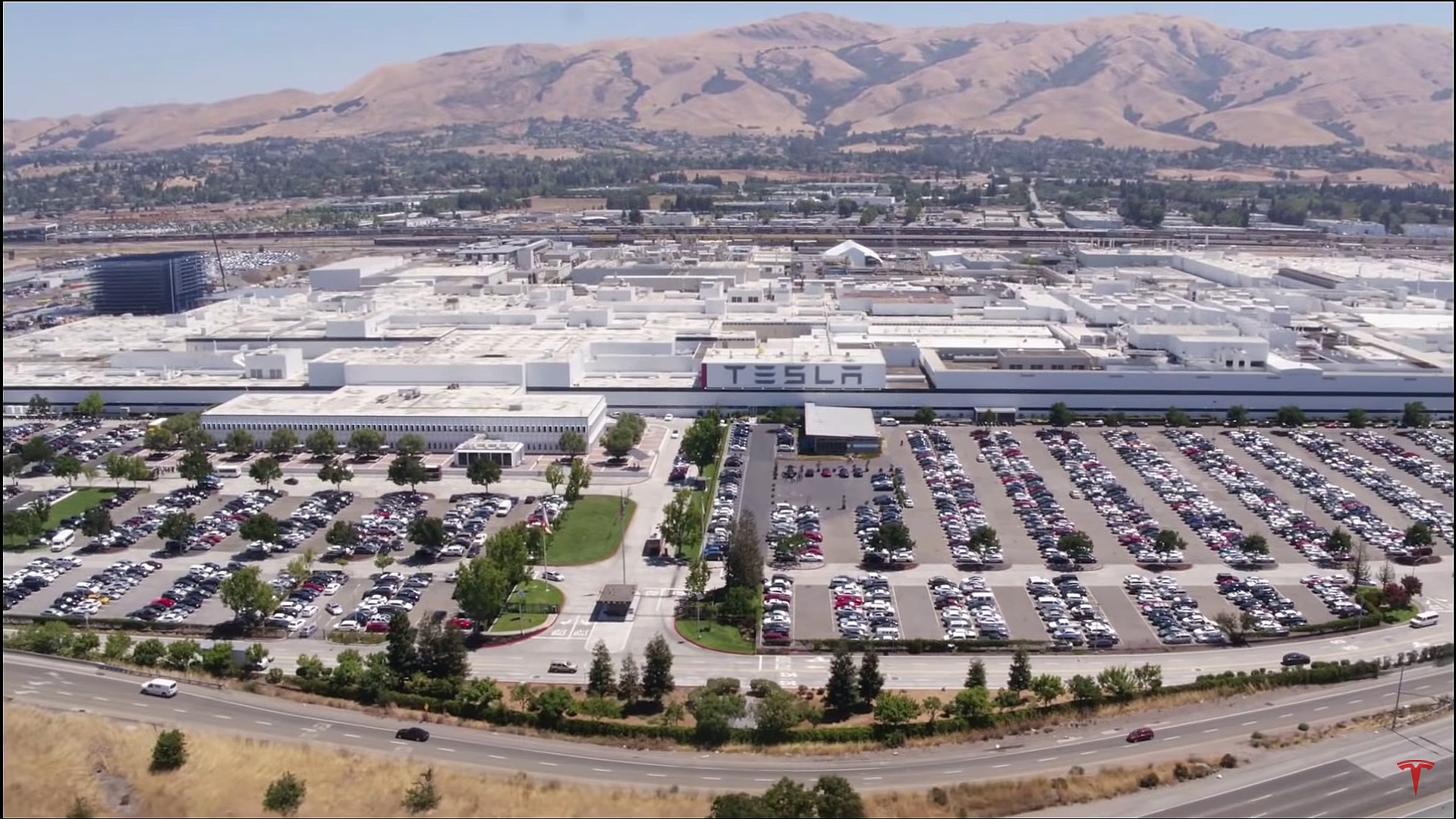
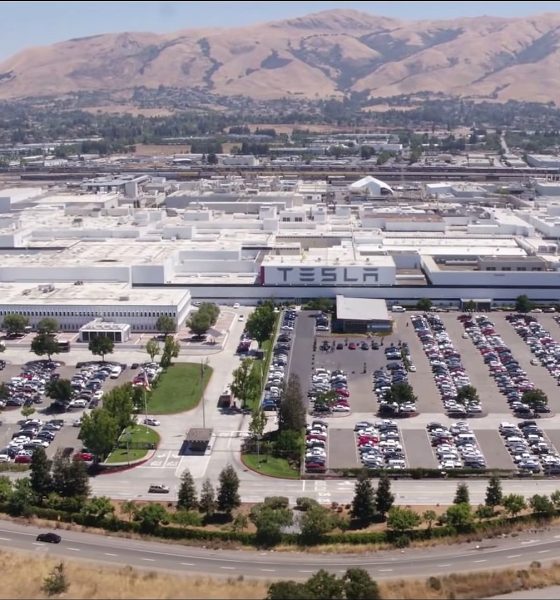
Investor's Corner
Tesla’s word of mouth strategy in focus: Why Elon Musk’s owner-based initiative works
Tesla’s (NASDAQ:TSLA) avoidance of traditional advertising initiatives is one of the most recognizable things about the company, yet it is one that has been questioned several times over the years by Wall Street analysts, investors and even avid fans. Yet, despite these questions, CEO Elon Musk’s answer has always been the same: Tesla does not do traditional advertising. Musk emphasized this point during the last earnings call too, stating that if Tesla would do some form of marketing, it would be strictly informational in nature.
“What we’re seeing is that word of mouth is more than enough to drive our demand in excess of production. We have no plans to advertise at this time. At some point in the future, we may do advertising not in the traditional sense but more to just inform people and make sure they are aware of the product, but not engage in the typical trickery that is commonplace in advertising,” Musk said.
In a conversation with Teslarati, investor and economist @Incentives101 explained that if one looks at Tesla’s word-of-mouth strategy from a mathematical perspective, it would seem that Elon Musk’s stern stance against traditional advertising may actually be well justified. Considering the manner that Tesla has been growing so far, the economist noted that “Elon is probably right. They don’t need advertisement and probably will never need it.” The following sections explains this point.
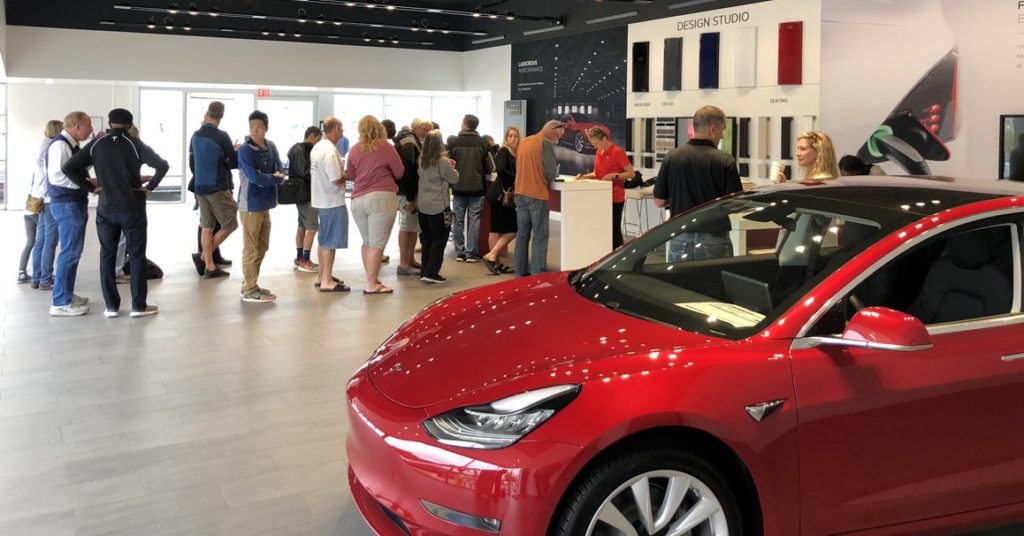
How Customers Learn About Tesla
There are generally three ways a new customer could learn about Tesla and its products: 1)Elon’s/Tesla goodwill, 2) customers’ own research, or 3) through an existing Tesla owner. Tesla relies heavily on current owners spreading the word and converting people they know into new electric car owners. Most people call this strategy the “Network Effect,” but the economist states that this is a misinterpretation.
“The Network Effect is technically applied to how a product increases its value from a network. The telephone is the most obvious example. One or two telephones in the world are useless, but the more there, are the more useful they become. In a way, you have to treat this like a disease. If you analyze (Tesla’s) strategy, you not only need information to flow. You need the information that changed hands to have an effect. In this case, the purchase of another Tesla. The most similar models to this strategy out there are how diseases spread,” the investor said.
These mathematical models try to predict how a disease will be spread considering different assumptions and variables. Among those variables are the number of susceptible individuals, of infected people and of recovered people, as well as the rate of contagion. For purposes of this illustration, information is equal to a virus and the main variables are the number of people that want to buy a car in that period of time within a target price range or TCO (susceptible individuals), the number of owners at the time (infected people), and the average number of people that an owner would convert in that period of time (contagion). This will be referred to in this article as the ‘T’ variable.
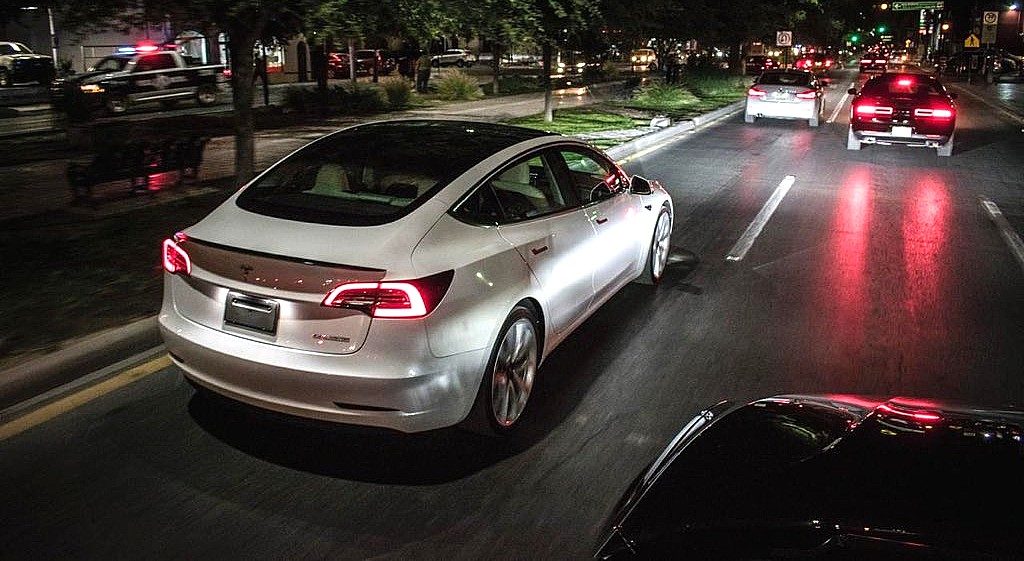
How Tesla spreads
The investor explains this further in the following statement. “The easiest way to understand this is the following. Imagine you’re looking at a decision tree. Each node is a new person with a Tesla in a period of time and how many nodes come out of that person is our ‘T.’ In each period of time that you’d want to measure, there are more assumptions that would need to be made. For example, an owner never ‘recovers’ so not only they ‘infect’ people but they will be contagious in perpetuity.
“Let’s analyze the spectrum of possible solutions. If T>=1, it would mean that information is flowing very efficiently and it will behave exponentially even if the time it takes for an owner to spread enough information to convert someone is relatively high. You need to consider that today, there are more than half a million owners. The faster the person transmits the ‘virus,’ the better,” he said.
There is no way to approximate these variables with the information available to us today. But recently, Tom Randall from Bloomberg released the findings of a study involving 5,000 Model 3 owners. According to the study’s results, 99% of Model 3 owners are pretty much satisfied with the vehicle, and they are willing to recommend the electric car to friends and family. A number of assumptions could be drawn from these results, as per the investor.
“If you consider what would be the worst scenario for Tesla, it would mean a very long time for contagion to spread, with the ‘T’ variable being very close to zero. But with the information provided in the Bloomberg report, there is a very high probability that ‘T’ is not close to zero at all. Instead, there’s a good chance that ‘T’ is probably very close to 1,” the economist said.

Growing Without Traditional Advertising
These assumptions would mean that Tesla can continue to grow without engaging in traditional advertising. Looking at Tesla’s history, we can see that this strategy or combination of strategies have worked. But is there an optimal time to have an information campaign? “It seems that the sooner, the better” the investor explained. “If you look at how this strategy functions, theoretically, the best time to have an information campaign is when they’ll have the least amount of owners and when they’ll increase production dramatically. So in theory this means in the next few months as Tesla continues to hit its stride with Model 3 and begin producing the Model Y, high volume vehicle that Elon Musk expects will outsell the Model S, X, and Model 3 combined. This doesn’t mean they need one, it just means it could be the best time,” he added.
It wouldn’t be accurate to assume that this strategy or combination of strategies is what creates demand. Any company could choose to have either this strategy or spend millions of dollars in advertising and demand wouldn’t necessarily go up or down. “Consumers need information to make decisions — it’s a very important factor — but demand is a function of several factors, particularly consumer preferences. Under perfect information, there is zero doubt demand for Tesla’s will rise as we explained in this note,” the investor noted.
“Tesla’s word-of-mouth strategy helps spread information, but if this product didn’t have a fundamental effect in consumers, it wouldn’t really matter. I’m confident that if banks or media had someone looking at this problem from the consumer side, we would never see a note about alleged ‘demand problems’ again. Tesla has never had a demand problem and data shows that they won’t face one. But they might face an information gap, particularly with how media misinforms consumers,” the economist said.
Disclosure: I have no ownership in shares of TSLA and have no plans to initiate any positions within 72 hours.

Investor's Corner
Tesla stock closes at all-time high on heels of Robotaxi progress
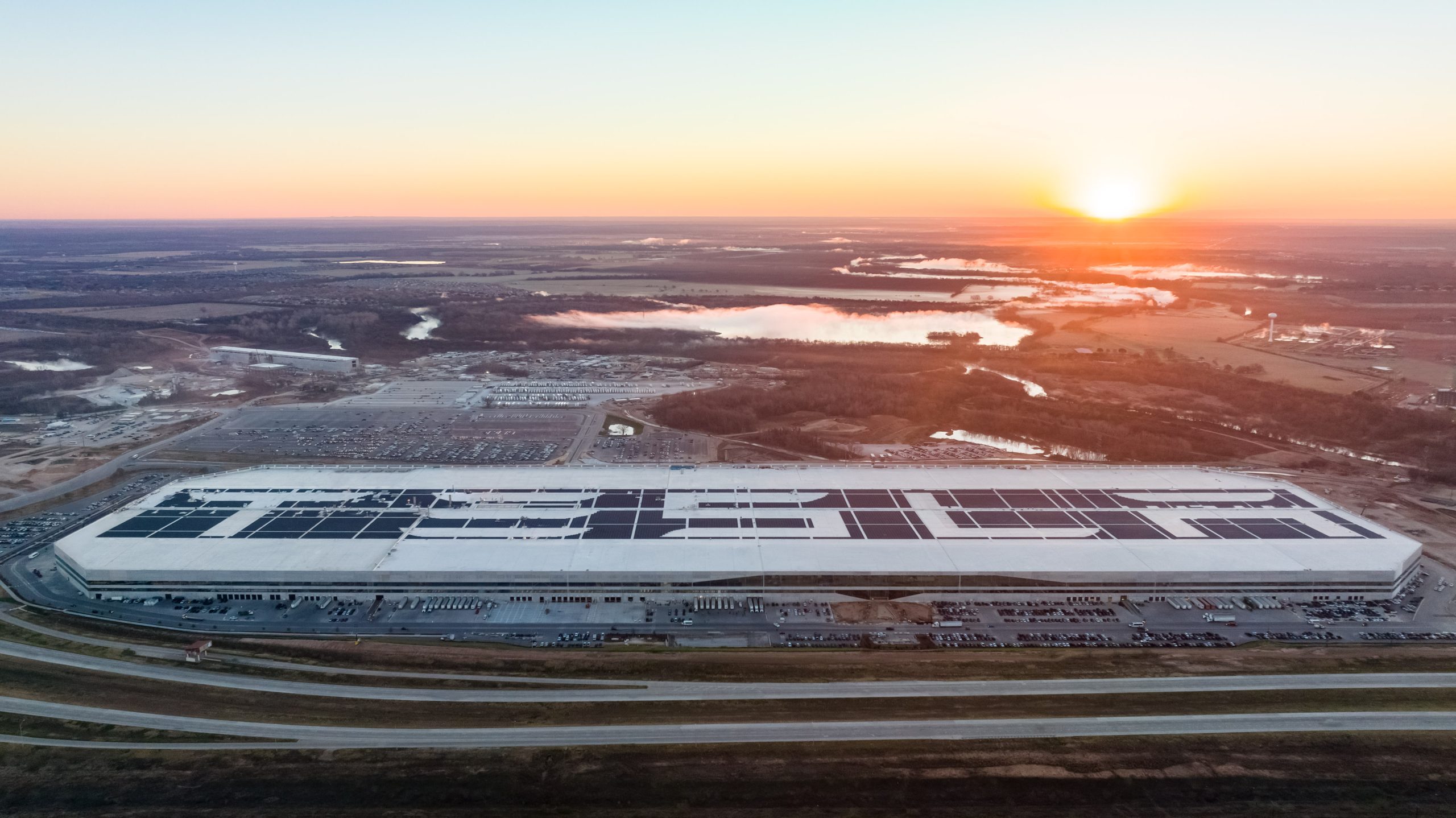
Tesla stock (NASDAQ: TSLA) closed at an all-time high on Tuesday, jumping over 3 percent during the day and finishing at $489.88.
The price beats the previous record close, which was $479.86.
Shares have had a crazy year, dipping more than 40 percent from the start of the year. The stock then started to recover once again around late April, when its price started to climb back up from the low $200 level.
This week, Tesla started to climb toward its highest levels ever, as it was revealed on Sunday that the company was testing driverless Robotaxis in Austin. The spike in value pushed the company’s valuation to $1.63 trillion.
Tesla Robotaxi goes driverless as Musk confirms Safety Monitor removal testing
It is the seventh-most valuable company on the market currently, trailing Nvidia, Apple, Alphabet (Google), Microsoft, Amazon, and Meta.
Shares closed up $14.57 today, up over 3 percent.
The stock has gone through a lot this year, as previously mentioned. Shares tumbled in Q1 due to CEO Elon Musk’s involvement with the Department of Government Efficiency (DOGE), which pulled his attention away from his companies and left a major overhang on their valuations.
However, things started to rebound halfway through the year, and as the government started to phase out the $7,500 tax credit, demand spiked as consumers tried to take advantage of it.
Q3 deliveries were the highest in company history, and Tesla responded to the loss of the tax credit with the launch of the Model 3 and Model Y Standard.
Additionally, analysts have announced high expectations this week for the company on Wall Street as Robotaxi continues to be the focus. With autonomy within Tesla’s sights, things are moving in the direction of Robotaxi being a major catalyst for growth on the Street in the coming year.
Elon Musk
Tesla needs to come through on this one Robotaxi metric, analyst says
“We think the key focus from here will be how fast Tesla can scale driverless operations (including if Tesla’s approach to software/hardware allows it to scale significantly faster than competitors, as the company has argued), and on profitability.”
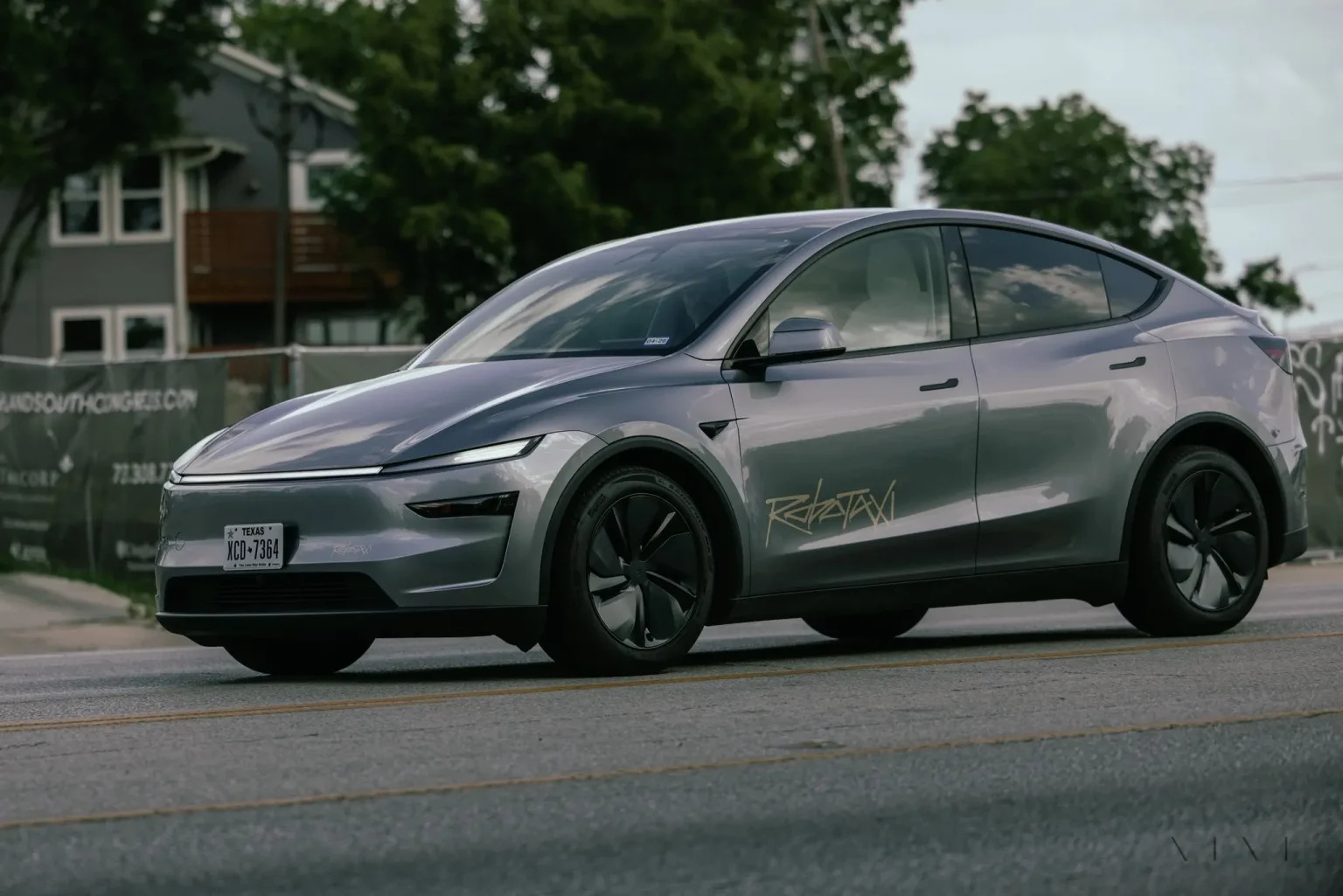
Tesla needs to come through on this one Robotaxi metric, Mark Delaney of Goldman Sachs says.
Tesla is in the process of rolling out its Robotaxi platform to areas outside of Austin and the California Bay Area. It has plans to launch in five additional cities, including Houston, Dallas, Miami, Las Vegas, and Phoenix.
However, the company’s expansion is not what the focus needs to be, according to Delaney. It’s the speed of deployment.
The analyst said:
“We think the key focus from here will be how fast Tesla can scale driverless operations (including if Tesla’s approach to software/hardware allows it to scale significantly faster than competitors, as the company has argued), and on profitability.”
Profitability will come as the Robotaxi fleet expands. Making that money will be dependent on when Tesla can initiate rides in more areas, giving more customers access to the program.
There are some additional things that the company needs to make happen ahead of the major Robotaxi expansion, one of those things is launching driverless rides in Austin, the first city in which it launched the program.
This week, Tesla started testing driverless Robotaxi rides in Austin, as two different Model Y units were spotted with no occupants, a huge step in the company’s plans for the ride-sharing platform.
Tesla Robotaxi goes driverless as Musk confirms Safety Monitor removal testing
CEO Elon Musk has been hoping to remove Safety Monitors from Robotaxis in Austin for several months, first mentioning the plan to have them out by the end of 2025 in September. He confirmed on Sunday that Tesla had officially removed vehicle occupants and started testing truly unsupervised rides.
Although Safety Monitors in Austin have been sitting in the passenger’s seat, they have still had the ability to override things in case of an emergency. After all, the ultimate goal was safety and avoiding any accidents or injuries.
Goldman Sachs reiterated its ‘Neutral’ rating and its $400 price target. Delaney said, “Tesla is making progress with its autonomous technology,” and recent developments make it evident that this is true.
Investor's Corner
Tesla gets bold Robotaxi prediction from Wall Street firm
Last week, Andrew Percoco took over Tesla analysis for Morgan Stanley from Adam Jonas, who covered the stock for years. Percoco seems to be less optimistic and bullish on Tesla shares, while still being fair and balanced in his analysis.
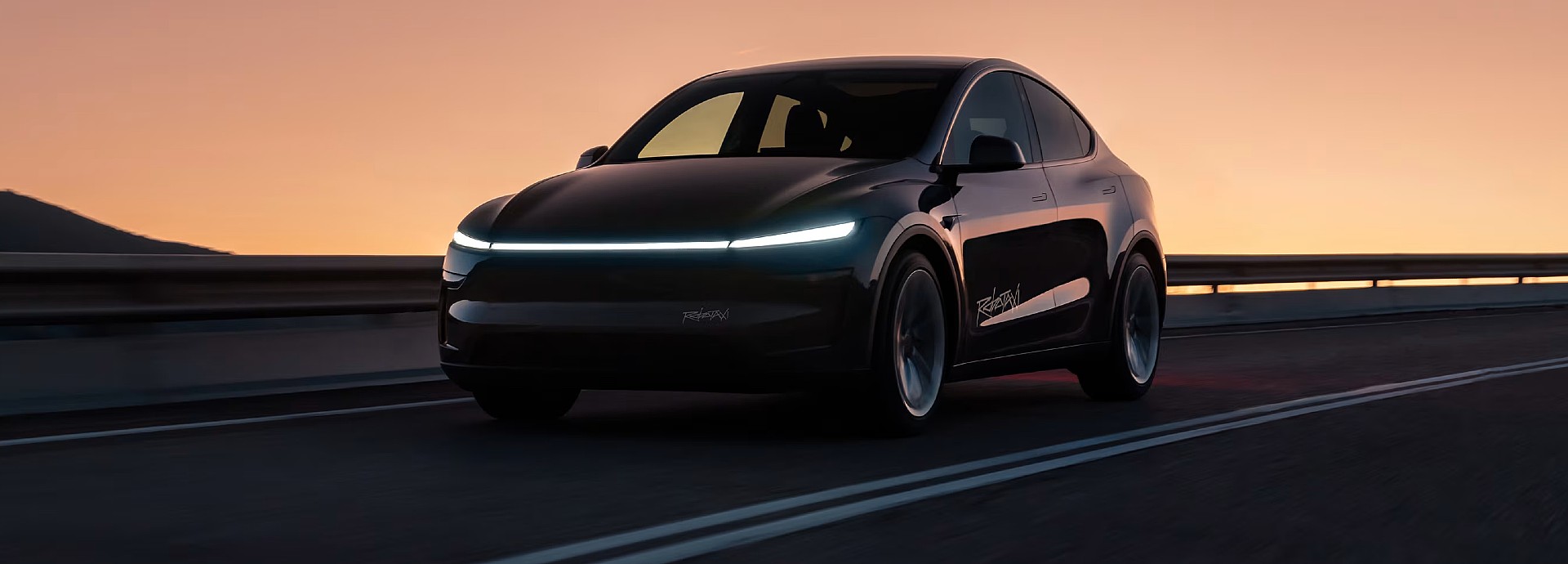
Tesla (NASDAQ: TSLA) received a bold Robotaxi prediction from Morgan Stanley, which anticipates a dramatic increase in the size of the company’s autonomous ride-hailing suite in the coming years.
Last week, Andrew Percoco took over Tesla analysis for Morgan Stanley from Adam Jonas, who covered the stock for years. Percoco seems to be less optimistic and bullish on Tesla shares, while still being fair and balanced in his analysis.
Percoco dug into the Robotaxi fleet and its expansion in the coming years in his latest note, released on Tuesday. The firm expects Tesla to increase the Robotaxi fleet size to 1,000 vehicles in 2026. However, that’s small-scale compared to what they expect from Tesla in a decade.
Tesla expands Robotaxi app access once again, this time on a global scale
By 2035, Morgan Stanley believes there will be one million Robotaxis on the road across multiple cities, a major jump and a considerable fleet size. We assume this means the fleet of vehicles Tesla will operate internally, and not including passenger-owned vehicles that could be added through software updates.
He also listed three specific catalysts that investors should pay attention to, as these will represent the company being on track to achieve its Robotaxi dreams:
- Opening Robotaxi to the public without a Safety Monitor. Timing is unclear, but it appears that Tesla is getting closer by the day.
- Improvement in safety metrics without the Safety Monitor. Tesla’s ability to improve its safety metrics as it scales miles driven without the Safety Monitor is imperative as it looks to scale in new states and cities in 2026.
- Cybercab start of production, targeted for April 2026. Tesla’s Cybercab is a purpose-built vehicle (no steering wheel or pedals, only two seats) that is expected to be produced through its state-of-the-art unboxed manufacturing process, offering further cost reductions and thus accelerating adoption over time.
Robotaxi stands to be one of Tesla’s most significant revenue contributors, especially as the company plans to continue expanding its ride-hailing service across the world in the coming years.
Its current deployment strategy is controlled and conservative to avoid any drastic and potentially program-ruining incidents.
So far, the program, which is active in Austin and the California Bay Area, has been widely successful.








